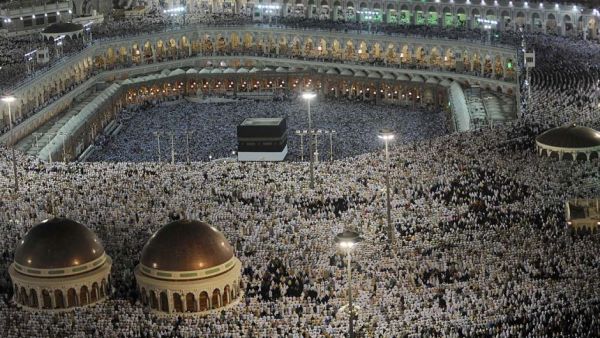The annual Hajj pilgrimage finished this September with a drastically higher death toll than we’ve seen in years. But future pilgrimages might be deadly for an entirely different reason.
Research released last week in the journal Nature Climate Change (NCC) suggests areas around the warm waters in the Gulf might become too hot to be inhabitable—possibly as soon as the end of the 21st century.
But NCC’s research shows it isn’t just the Gulf’s climbing temperatures that are dangerous, it’s also the humidity.
Muggy summer months could eliminate the human body’s ability to adapt to the heat, rendering sweating and ventilation ineffective at reducing body temperature, according to the NCC research, and the Arabian Peninsula will be the first to suffer a wave of brutal weather sparked by climate change.
In the near future, temperatures we’d describe today as abnormally scorching during the summer time, would be average. Every 10 to 20 years, temperatures could even hit 165 degrees Fahrenheit for a day.
Hajj, meanwhile, shifts by one month every year. And with heat stroke and exhaustion already a major problem during the years the pilgrimage takes place during the summer, temperatures like the ones NCC predicts could be disasterous.
By Elizabeth Tarbell







